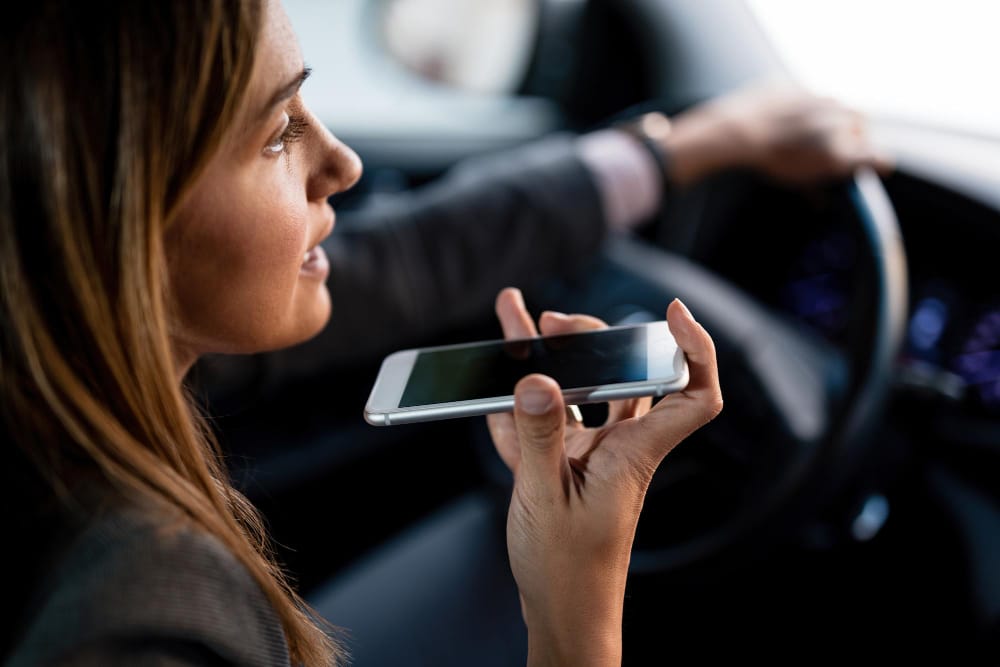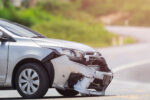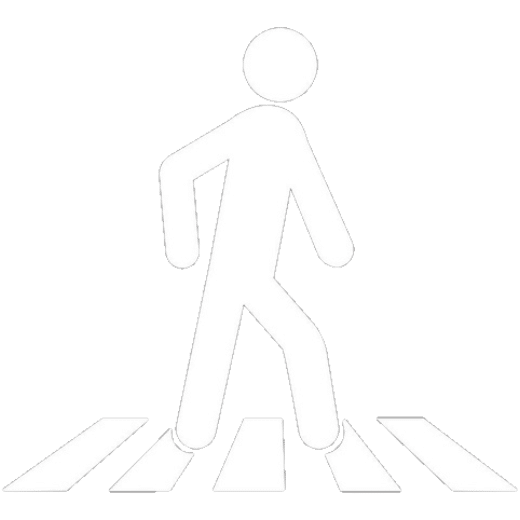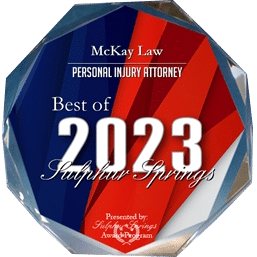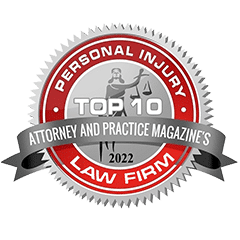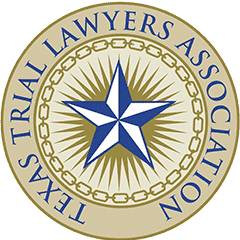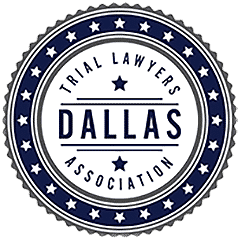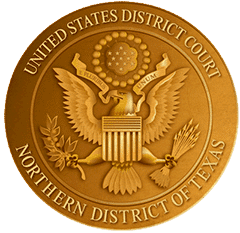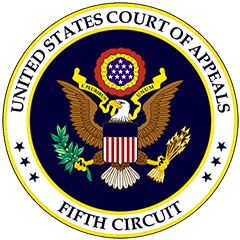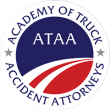Distracted driving has become a significant hazard on our roads, claiming lives and leaving countless victims with physical, emotional, and financial burdens. Every time a driver glances at their phone, adjusts the radio, or becomes immersed in a conversation, they increase the risk of an accident. These moments of inattention can have devastating consequences.
If you’ve been a victim of distracted driving, you may already know the frustration of proving fault. It’s not enough to say the other driver wasn’t paying attention—you need evidence and a clear strategy to hold them accountable. This guide is here to help. We’ll discuss what constitutes distracted driving, how fault is determined, and explore actionable strategies for proving fault in a distracted driving accident.
What is Distracted Driving?
Distracted driving occurs whenever a driver diverts their attention from the task of operating a vehicle. These distractions typically fall into one of three categories:
- Visual distractions: Taking your eyes off the road (e.g., texting, looking at a billboard, or adjusting GPS settings).
- Manual distractions: Removing your hands from the wheel (e.g., eating, drinking, or reaching for a fallen object).
- Cognitive distractions: Taking your mind off the task of driving (e.g., daydreaming or focusing on a heated conversation with a passenger).
Texting while driving is one of the most common—and dangerous—forms of distracted driving because it involves all three forms of distraction. This growing issue has become so pervasive that the National Highway Traffic Safety Administration (NHTSA) calls it a serious threat to roadway safety, comparable to driving under the influence.
How is Fault Determined in Distracted Driving Cases?
Fault in a distracted driving accident is typically determined by assessing negligence. Negligence, in legal terms, means failing to behave with the level of care that someone of ordinary prudence would have exercised under the same circumstances.
To establish negligence in a distracted driving case, victims need to prove four key elements:
- Duty of care – The other driver had a duty to operate their vehicle responsibly and follow traffic laws.
- Breach of duty – The other driver failed to uphold this duty—such as texting while driving or eating behind the wheel.
- Causation – The distracted behavior directly caused the accident.
- Damages – Proof that the victim suffered injuries, financial losses, or other harms resulting from the accident.
Proving negligence in distracted driving cases can be challenging. Without tangible evidence, it often becomes a matter of one person’s word against another’s. That’s why having a strong case strategy is essential.
Proven Strategies for Distracted Driving Victims
1. Gathering Evidence
The strength of your case lies in the evidence you can present. Right after an accident, make it your priority to document everything, including:
- Photos and videos of the accident scene, vehicle damage, and road conditions.
- Witness statements from bystanders or other drivers who may have seen the distracted behavior.
- Police reports, as law enforcement officers often document their observations regarding fault or negligence.
The more comprehensive your evidence, the better your chances of proving fault.
2. Leveraging Technology
Technology plays a pivotal role in proving distracted driving. Consider these tools and methods:
- Dash Cams: Dash cameras can capture real-time events, providing visual proof of the other driver’s negligence.
- Cell Phone Records: Subpoenaing the at-fault driver’s cell phone records can reveal whether they were texting, calling, or using apps at the time of the crash.
- Accident Reconstruction Software: Experts can use crash reconstruction technology to piece together the sequence of events leading up to the accident, determining how distraction contributed to the crash.
3. Understanding Liability Laws
Not all states handle fault the same way, so it’s crucial to understand liability laws in your region.
- Comparative Negligence: Some states assign fault proportionally. For example, if both drivers share blame but the other driver was 80% at fault, you can still recover damages, though they will be reduced according to your share of fault.
- Strict Liability States: Other states may have stricter regulations, making it easier to hold distracted drivers fully responsible.
Be sure to consult with a legal professional to understand how these laws apply to your case.
What to Do Immediately After a Distracted Driving Accident
After the shock of a distracted driving accident, it’s vital to stay calm and take the right steps. Here’s a simple roadmap to guide you:
- Call 911 and Report the Accident
Contact the authorities immediately to ensure there’s an official police report, which will be critical for your claim.
- Seek Medical Attention
Even if your injuries seem minor, visit a healthcare provider. Some injuries, like whiplash or internal trauma, may not show symptoms right away.
- Document the Scene
Take photos, gather contact information from witnesses, and note any details that could support your case.
- Contact a Lawyer
An experienced personal injury lawyer can help you identify what evidence you’ll need and guide you through every step of the legal process.
Real-Life Examples of Successful Claims
Case Study #1
Scenario: An at-fault driver rear-ended a vehicle while texting. The victim suffered neck and back injuries.
Outcome: The victim’s lawyer obtained the driver’s phone records, proving they were typing a message at the moment of impact. The victim received compensation for medical bills and lost wages.
Case Study #2
Scenario: A driver eating behind the wheel swerved into an adjacent lane, causing a multi-vehicle collision.
Outcome: Dash cam footage clearly captured the distracted driver holding a burger while veering out of their lane. The driver was held fully liable, with damages awarded to all affected parties.
These examples show that armed with the right evidence and legal representation, victims can hold distracted drivers accountable.
Holding Distracted Drivers Accountable
Distracted driving is a preventable tragedy, yet it continues to devastate lives every day. By understanding how to build a strong case and take immediate action after an accident, victims can not only seek justice but also contribute to raising awareness about this serious issue.
If you or someone you know has been affected by distracted driving, take the first step toward justice. Share your story, seek advice, or consult with a legal expert who specializes in these cases. Together, we can make our roads safer for everyone.
